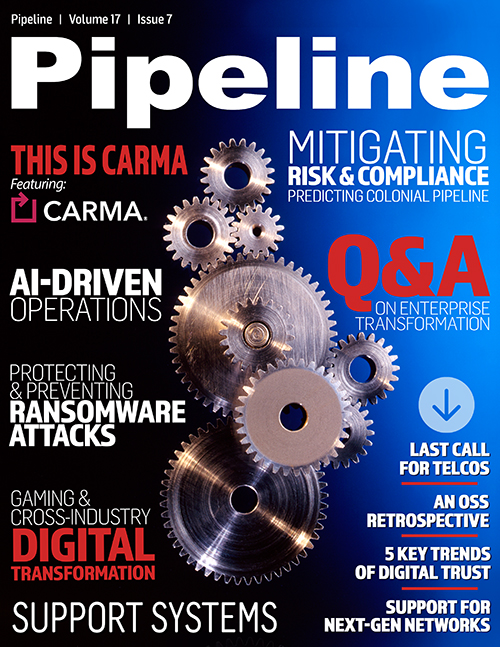Q&A: Enterprise Transformation
One simple and common first step is to shift away from multiple enterprise email, office and document management systems to a cloud-based solution like Office365. This eliminates the cost of on-premises management (such as exchange servers) and simplifies operations. But many more traditional enterprises have literally thousands of applications. Many of these have come through mergers and acquisitions. They need to be consolidated into newer applications. In fact, our recently published Global State of the WAN 2021 survey indicated that 46 percent of global enterprises report that they are using 500 or more applications.
In order to complete this business and application transformation, enterprises must first transform their WANs. Rigid networks like MPLS are a barrier to the needs of business transformation.
What is a modern WAN? What are the characteristics of a WAN that enables business transformation? Agility without giving up the stability, quality, and user experience is a must. In addition, another must is an as-a-service model, versus a CAPEX model. It must be simple to implement from the customer’s viewpoint without need for expertise. It also must be cost-effective. An enterprise should not need to invest in areas outside their core business.
SSJ: What key aspects must be considered to support effective enterprise transformation?
AN: Digital transformation crosses people, processes, and technology. Miss even one of these key facets and you end up with a two-legged stool. On the processes front, one can begin to look at an enterprise as being software-defined. What investments, tools and such will enable a more effective path from A to B, and then, what technology and staffing skills will enable this? Think of the classic legacy telco with very ineffective workflows that prevent agility. They are working to change this. The same applies to the enterprise.
SSJ: What does Aryaka see as the key technology trends being supported by digital transformation?
AN: Many times, we see enterprises link transformation with adoption of new WAN technologies such as SD-WAN and SASE. This then enables more effective connectivity to the cloud, to end users both on-premises and remote, and to devices. The WAN needs to be able to flexibly handle this diversity. In our latest State of the WAN report, we also identify key initiatives, many of which have a digital experience underpinning, such as IIoT, collaboration and UCaaS, increased visibility, greater use of automation and AI, data center consolidation, and mobility integration (for instance with the advent of 5G). Other considerations include the cloud replacing captive infrastructures, SaaS replacing legacy applications, consumption replacing construction for networks, and outsourcing replacing in-house expertise in non-core areas.
SSJ: What are the top enterprise transformation considerations?
AN: First, get the network right—transform your WAN before starting out on a journey of business transformation. Then, create a well-thought-out and resourced plan that includes skillset and culture considerations. Understand the productivity needs of your users. Security is a key consideration, including risk analysis, maintaining your security posture in an increasingly dispersed environment, and understanding what intellectual property needs to be guarded more carefully. Identify the areas where cost can be eliminated, which goes together with what applications and processes to evolve or discard. Finally, plan for any potential impacts on the customer or supplier experience and how to mitigate.



















